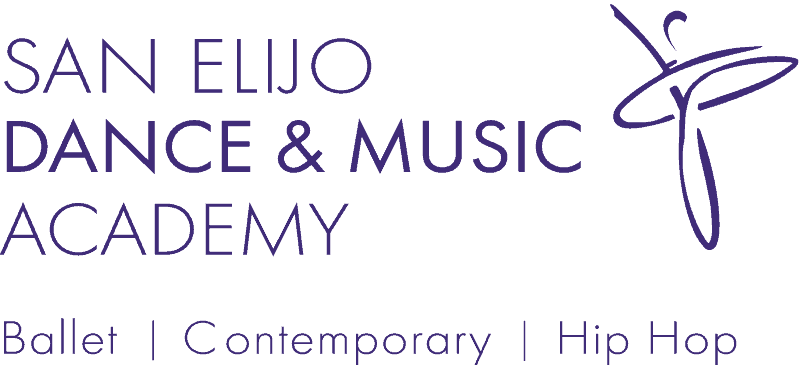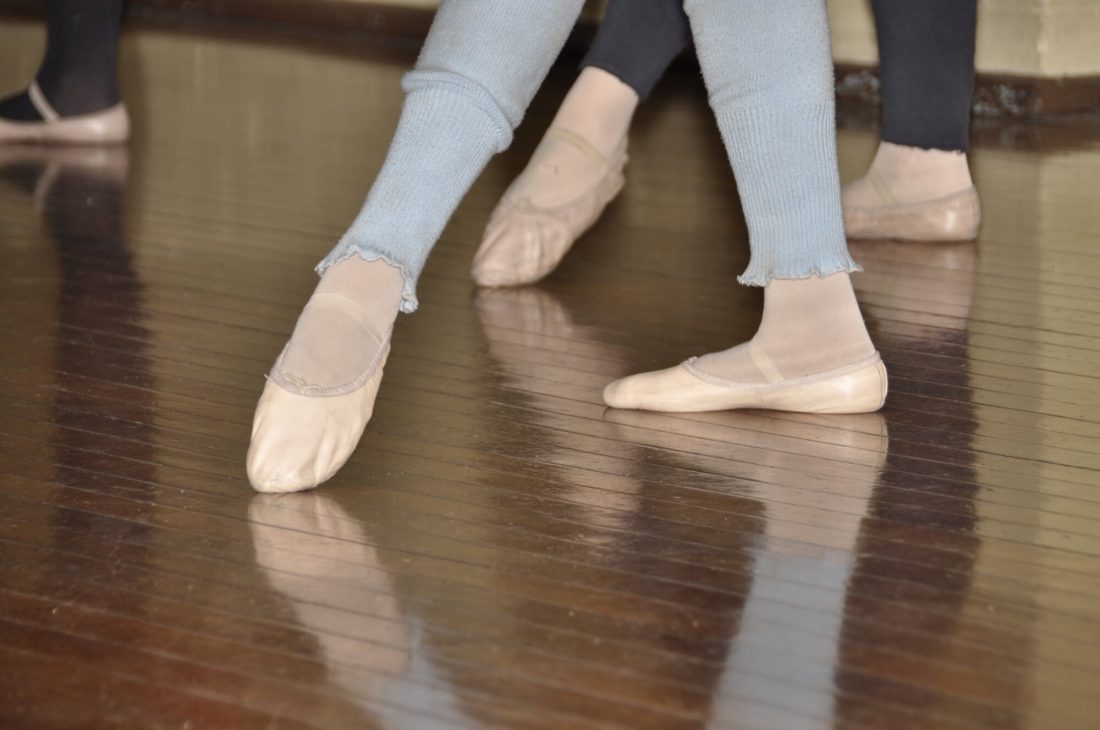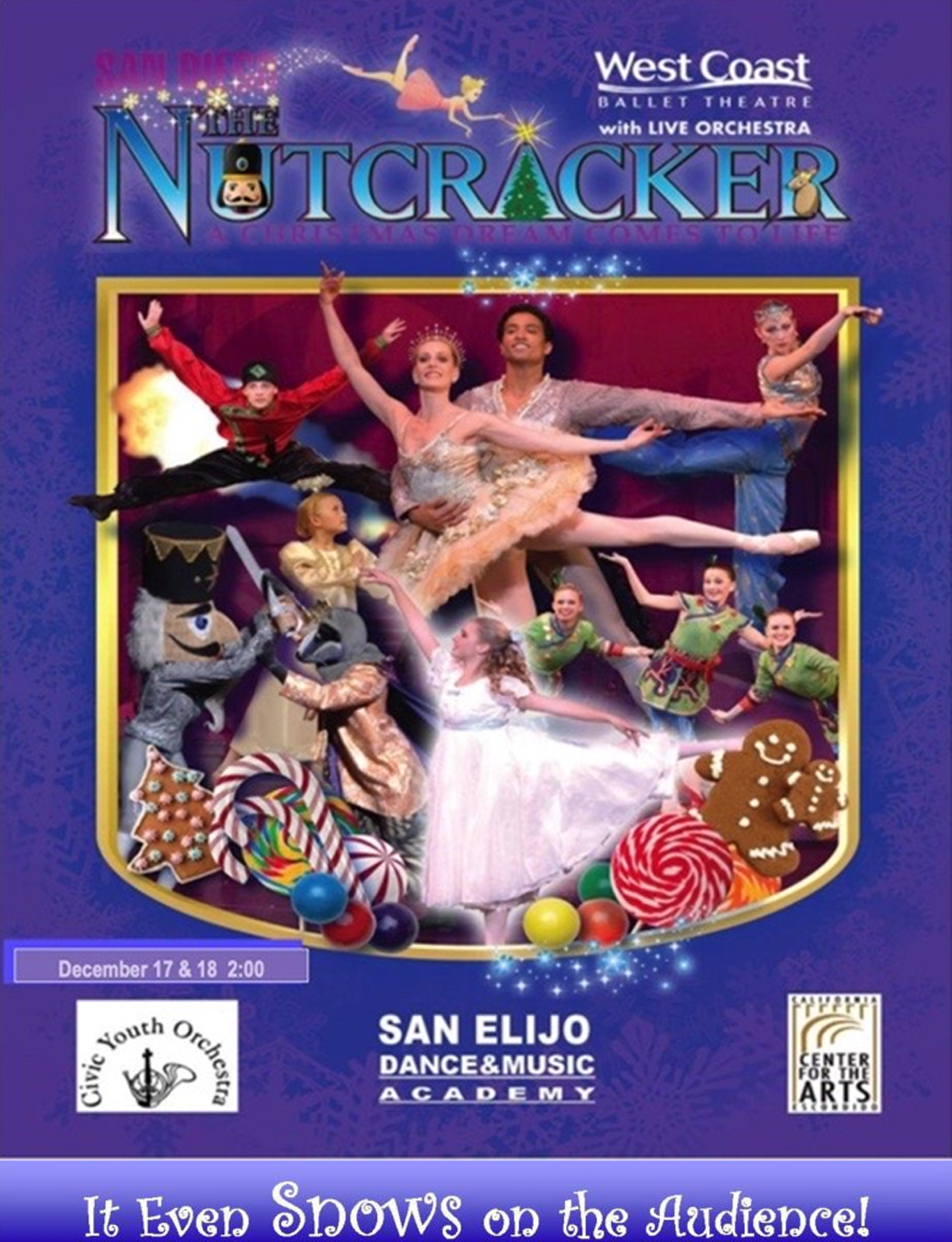No matter the type of dance your child participates in, dance is all about body movements. The body won’t move as well when it is still and cool. You can’t run into the dance studio and immediately begin dancing without a solid warm-up.
Your dancer won’t move as well and they can risk serious injury. Their muscles, ankles, feet, knees, and shoulders are not ready for the movements required in dance without a proper warm-up.
It’s important for every dancer, no matter their age or dance style, to practice dance stretches for a solid warm-up before they begin dance class. Read on to learn 7 good dance stretches they can practice to get their body for a fun and successful dance class.
1. Jumping Jacks
Doing jumping jacks might surprise you as a great way to start your dance warm-up. It might not also seem exactly like a stretch in the truest sense of the word. Check biletul zilei.
Yet, starting with jumping jacks is a perfect children’s exercise to prepare for dance class. You might remember jumping jacks from your school physical education class. The great thing about a jumping jack is that it gets every part of the body moving.
Arms and legs are moving. It gets your child’s blood flowing and warms up the entire body. Once you have a warmer body and blood really flowing your body is ready for more specific stretches.
The other good news is that no matter the age, most dancers can do a jumping jack.
2. Get Those Legs Swinging
Now it’s time to start focusing the stretching on some specific body parts. Of course, japanporn as a dancer, the leg muscles must be ready to move.
Leg swings further prepare your legs for more strenuous stretching and movement. Be sure to start by standing up nice and straight, practicing good posture with shoulders back and your head and neck straight.
Plant one foot. With the other foot, start with a slight bend in the leg. Swing the leg forward for at least ten counts. Try to make the movements slow and controlled so the muscles are really engaged.
Then repeat by swinging the leg out to the side for ten counts and repeat by swinging the leg back.
Then switch legs and repeat on the other leg.
3. Squat Stretches
Here you will again engage the legs and the hips and glute muscles.
Start by standing up straight, practicing good posture. Make sure the head and neck are looking ahead and the shoulders are back. Plant feet shoulder-width apart.
If needed you can hold a ballet bar or the back of a chair for balance. If you can do this exercise without holding on, stretch your arms straight out in front of you to shoulder height.
Keep your balance back on your heels and slowly lower yourself like you are about to sit in a chair. As you lower yourself, it’s important to keep the back straight and the head looking outward. Once you lower yourself down to the “sitting position”, try to hold for several seconds before slowly coming back to standing.
Repeat at least ten times.
4. Lunges
Lunges are a good stretch whether you are about to practice ballet or hip-hop, or any dance style for that matter. The lunge stretch works a variety of muscles including quadriceps, hamstrings, glutes, and calves.
To do a lunge, start with good posture and your feet shoulder-width apart. Take one leg and step forward until the knee is bent at a ninety-degree angle. The dancer wants to be careful the knee doesn’t extend beyond the foot. Instead, once they step forward, the knee should be right over the foot.
The back leg should lower towards the ground as the front leg bends to ninety-degrees. Once you reach this position, slowly stand back up.
Repeat 10 more times on each leg.
5. Heel Raises
Heel raises help to prepare the hamstrings, ankles, and feet for the movements of dance class.
Start with your feet shoulder-width apart. Again, make sure your dancer is practicing good posture by standing tall.
Slowly rise up, so that you are standing up on tippy-toes. Hold the position for a few seconds, then slowly lower back down. This movement stretches the hamstring muscles. It also works the ankles and feet.
Repeat at least 10 times in slow and controlled movements so the muscles are engaged and getting the stretch.
6. Shoulder Rolls
Now you want to turn to warm-up the upper body. Many people might not realize the work the shoulders do during dance movement.
Start a shoulder roll by planting your feet shoulder-width apart and standing tall with good posture. You want to be sure your head and neck are stretched tall and facing forward.
You can do shoulder rolls in a series of three movements.
First, simply start with your arms at your side and raise your shoulder as high as they will go, and then slowly lower them. Repeat this movement at least ten times.
Then, start with your arms at your side and raise your shoulders while slowly rolling them forward. Repeat this movement at least ten times.
Finally, again start with your arms at your side. Raise your shoulders while slowly rolling them backward. You should feel the stretch both across the front of your chest as you roll backward and into the middle of your back. Repeat this movement at least ten times.
7. Arm Circles
Another warm-up that is needed will help both your shoulders and your arms to be ready for dance class.
Start with feet shoulder-width apart, again practicing good posture. Hold arms straight out from your sides at shoulder height.
Start with large, slow circles going forward for ten circles. Then repeat the circles going backward for ten circles.
Then start again in the same position, using small and controlled circles going both forward and backward.
Dance Stretches That Make a Difference
Taking the time to practice the appropriate dance stretches before dance class means your dancer’s body is ready for the movements needed to dance their class away. It also helps to prevent injury or sore muscles following a dance class.
Are you interested in enrolling your child in dance classes in San Diego? We have a variety of dance classes for a wide age range. We are also happy to offer one free trial class so your child can try it out and experience the fun first hand before signing up.
Contact us today to get more information about a wide range of classes.


